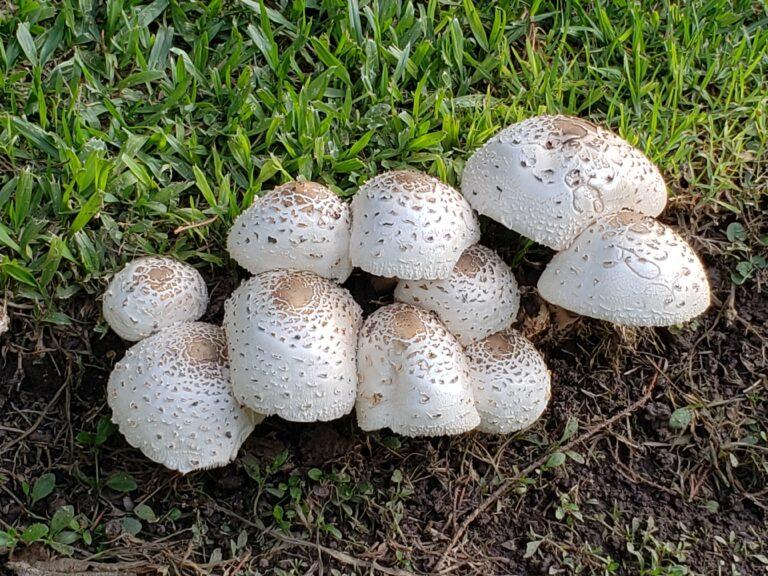Chlorophyllum molybdites is a warm-loving species, growing in gardens and parks in eastern North America and California, as well as in temperate and subtropical regions of the world. It has also been introduced to new areas in recent years due to climate change, and has been identified in places such as Scotland, Australia or Cyprus.
It is poisonous and produces severe gastrointestinal symptoms of vomiting and diarrhea. Chlorophyllum molybdites is the most frequently eaten poisonous mushroom in North America. It is easily confused with some edible species such as Lepiota procera and L. rhacodes.
In Europe, the first poisonings were reported in Italy (Sicily) and Spain in 2014. In Sicily, it is abundant in coastal areas, cases are being reported in increasing numbers and its further geographical spread is expected.
The mushroom is also not native to Hungary, but due to climate change it is expected to appear in the Carpathian Basin. There are few data available on its distribution in Hungary, but according to some internet sources it has been found in different parts of the country.
EREN's assessment is that more information needs to be collected on the case. In the light of the above information, it would be useful to assess the domestic distribution of the mushroom and in order to avoid intoxications to raise awareness among the general public and fungus experts about the potential domestic presence of the mushroom and the risks of its consumption.

